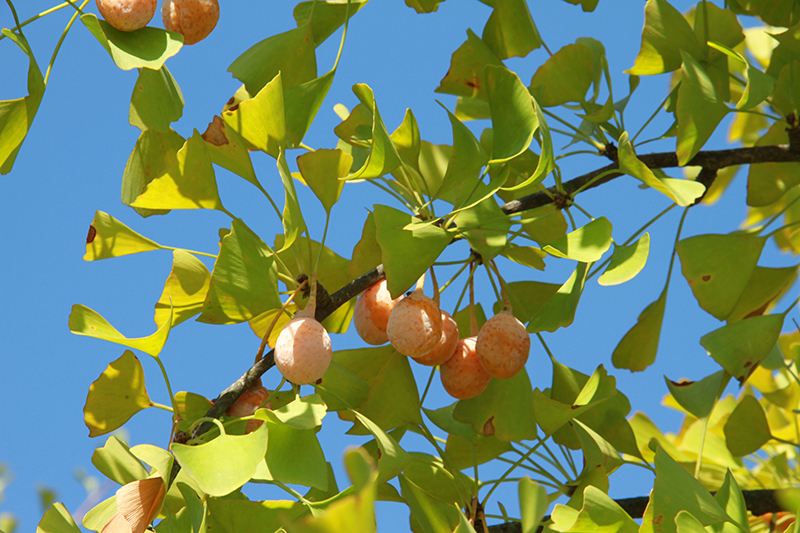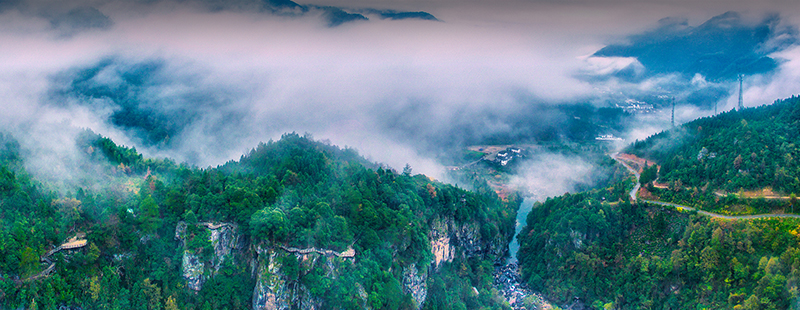Ginkgo biloba
Release Date:2024-06-25 Source: Number of views:143

The ginkgo tree, also known as the white fruit tree, grows relatively slowly but has an extremely long lifespan. Under natural conditions, it takes more than twenty years for a ginkgo tree to bear fruits from the time it is planted, and it can bear a large number of fruits only after forty years. Therefore, it is also called the "grandfather-grandson tree", which implies that "the grandfather plants it and the grandson gets to eat the fruits".
The ginkgo tree has ornamental, economic and medicinal values, and every part of it is a "treasure". All the other plants in the same class as it have become extinct. Thus, the ginkgo tree is the oldest relict plant left after the Quaternary glacial movement and is regarded as a "living fossil" in the plant kingdom. It belongs to the first-class endangered plants under national protection. At present, a small grove of ginkgo trees has been discovered on the top of Guniujiang Mountain.

The ginkgo tree, also known as the white fruit tree, grows relatively slowly but has an extremely long lifespan. Under natural conditions, it takes more than twenty years for a ginkgo tree to bear fruits from the time it is planted, and it can bear a large number of fruits only after forty years. Therefore, it is also called the "grandfather-grandson tree", which implies that "the grandfather plants it and the grandson gets to eat the fruits".
The ginkgo tree has ornamental, economic and medicinal values, and every part of it is a "treasure". All the other plants in the same class as it have become extinct. Thus, the ginkgo tree is the oldest relict plant left after the Quaternary glacial movement and is regarded as a "living fossil" in the plant kingdom. It belongs to the first-class endangered plants under national protection. At present, a small grove of ginkgo trees has been discovered on the top of Guniujiang Mountain.
- Prev:Eternal petal vine
- Next:Asia Pacific water fern















